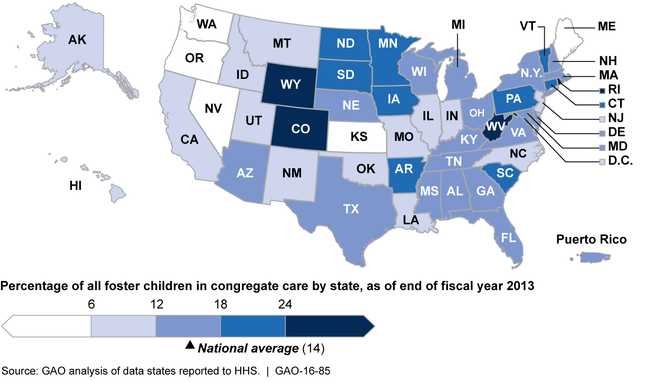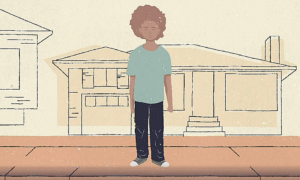
WASHINGTON — The federal Health and Human Services Department could do more to reduce states’ reliance on group homes or institutions for youth in foster care, says an oversight agency.
The Government Accountability Office (GAO) recently released a report tracking the use of congregate care in eight states. While the featured states have reduced their reliance on group homes and institutions, more can be done, said the agency.
“It is important that HHS continues to progress in its understanding of the national landscape of congregate care so that it can be better positioned to support states through their transitions. Significant changes in child welfare programs require thoughtful leadership, relevant information, and sustained attention,” the report said.
The GAO findings come in a string of recent reports and legislative proposals designed to improve the lives of foster youth.
Advocates hope the gathering momentum could push legislation forward.
Leaders of the Senate Finance Committee, who requested the GAO report, said earlier this year they hoped to move legislation that would make it easier for families in the child welfare system to stay together and limit the use of congregate care.
[Related story: Senators Push to Keep Kids Out of Foster Care]
“They’re really trying to find some way to address all of these avenues that are telling them that congregate care is not the best placement for most kids,” said Rricha Mathur, senior policy advisor on child welfare and child rights at First Focus.
Senate Finance Committee ranking member Ron Wyden, D-Oregon, earlier this year introduced legislation that would give states flexibility in how they use child welfare funding to prevent children from entering the foster care system, including congregate care.
About 14 percent of the more than 400,000 children in foster care lived outside a family setting at the end of fiscal year 2013, according to HHS data.
The GAO looked at the use of congregate care in Connecticut, Colorado, Kansas, Louisiana, Maryland, Minnesota, New Jersey and Washington. From 2004 to 2013, the states reduced their use of congregate care by 47 percent, while the use of such care ranged from 5 percent to 34 percent, according to the report.
The states attributed the reductions to more oversight of placement decisions and the length of placements; better recruitment and training of foster families who can care for children with serious emotional behavioral and medical problems; and more support for families in crisis.
HHS agreed with the recommendations to improve data collection and share best practices among states. The department’s Children’s Bureau issued its own report in May that said reductions in congregate care use have not been consistent across the states.
HHS said the consensus among stakeholders is that children, especially young children, are best cared for in a family setting.
“Stays in congregate care should be based on the specialized behavioral and mental health needs or clinical disabilities of children. It should be used only for as long as is needed to stabilize the child or youth so they can return to a family-like setting,” HHS said in the report.
More related articles:
Community Programs Are Safe Haven for Foster Children
Too Many Abused, Neglected Children in Group Homes Too Long, Report Says





























